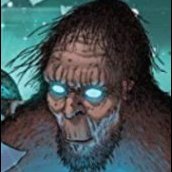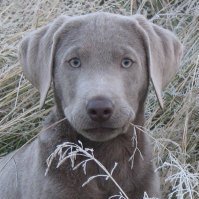Three million years is the general rule in biology for hybridization. If the lines are separated by less than three million years hybridization is at least possible. One definition of a species (there are more than one) says a species is a reproductive unit. This means reproductive isolation. Reproductive isolation can result by several means. For instance, if one breeding population (or race) of that species fails to recognize another member as being of that species, they may not mate. If one is very large and one is very small, they may not mate (think of Great Danes and poodles). The two have to be chemically compatible, so if the chemistry of the reproductive tract differs, they may not be able to reproduce. If the chromosomes fail to line up or if they differ in number, reproduction may be impossible. Finally, a species is a species "in nature" so if the two creatures in question never come in contact but they breed in a zoo, they may be considered different species even then. Then there are behavior differences by which biologists say different species exist. Think of Darwin's finches. They had all recently occupied different niches but were very closely related genetically and usually failed to recognize each other as being in the same species. Then there are the exceptions and for almost every rule regarding species there are exceptions. Great Danes cannot breed with poodles but through intermediary dogs, they are able to exchange genes so they are part of the same species.
When different species exchange genes there is a word for this, introgression. Now we know introgression happens frequently. White tailed deer and mule deer have been found to exchange genes, yet they are clearly different species by other species rules. An aspect of introgression is there are no clines, no intermediary populations, no hybrid zone. So all offspring go to one or the other parental group and if they breed themselves, they do so in that group. The result of introgression is almost all of the new genes are selected against and disappear. It is only those few genes which have a super selective advantage which take hold in the new population. So we inherited new genes for disease resistance from Neanderthals and Denisovans.
In some areas 30-90% of the human leukocyte antigen (HLA) originated from Neanderthals and Denisovans. As we see with Coivid 19, this can have big advantages.
For alleged human-bigfoot hybrids (this introgression by any measure) it should be no problem to pick out the bigfoot genes and begin characterizing them and finding out what each gene does.
Shadowborn, I don't know how you talk about differences between humans and bigfoot without talking about biology. Biology is the difference.



